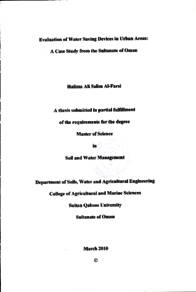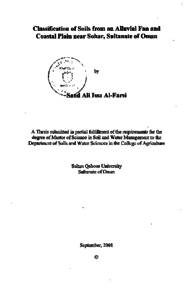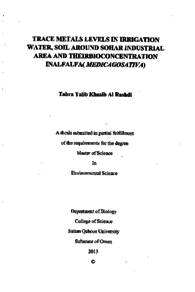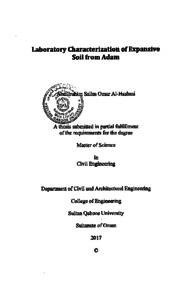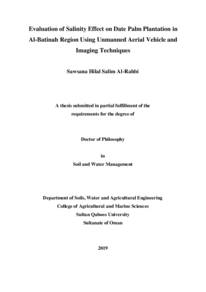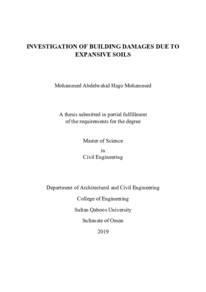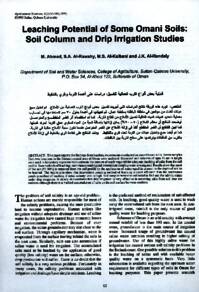Document
Evaluation of water saving devices in Urban areas : a case study from the Sultanate of Oman.
Publisher
Sultan Qaboos University
Gregorian
2010
Language
English
English abstract
Water is an essential element in the daily life of each and every one of us, indeed in all aspects of life. The fact that the world faces a water crisis has become increasingly clear in recent years. Challenges remain widespread and reflect severe problems in the management of water resources in many parts of the world. These problems will intensify unless effective actions are taken.
Water Saving Technologies programs have long been recognized as the quickest and simplest way to sustain the demand for potable water and soften the impacts of such demands on water supply systems. Also they result in a very positive effect on waste water treatment and disposal systems by reducing the quantity of sewage, thereby avoiding the cost of building larger facilities and protecting the environment. Water-saving devices are widely introduced and dozens of new devices are patented each year, each claiming to be the world's greatest water-saving device". The objective of this study is to evaluate some of these devices.
This study consists of three parts; a questionnaire, laboratory experiments and case studies that were done with the help of the Ministry of Regional Municipalities and Water Resources. The results of the questionnaire revealed that the pipe line system is the main method of water supply to homes for Muscat residence and it accounts for 67.7%. Also it showed that around 37.2% of the participants receive a water bill of 11-20 R.O/month (ie. 30-60 USD/month), which indicate a total water consumption of 25000- 45000 liters per household per month. The survey indicated that 88% of the participants were highly aware of the water shortage problem, and that about 92% expected benefits from using water saving devices,
Case studies for improving domestic water demand efficiency using water saving devices showed that there was no significant difference observed in household water usage before and after installation of water-saving devices due to pre-installed aerators. Toilet bags and dual flush toilets were not effective and promoted users to flush twice. However, WSDs were significantly effective in reducing water consumption in restaurants, mosques, schools, hotels and governmental buildings. Water consumption in shopping centers, hospitals, and health clubs decreased but not in a statically significant way.
The laboratory experiments examined two brands of WSDs. A set of three mixers, and three showerheads were used. Water flow was measured for each device under different pressures (1, 1.5 and 2 bars). Results indicated that one brand was more effective in saving water than the other.
Member of
Resource URL
Category
Theses and Dissertations

